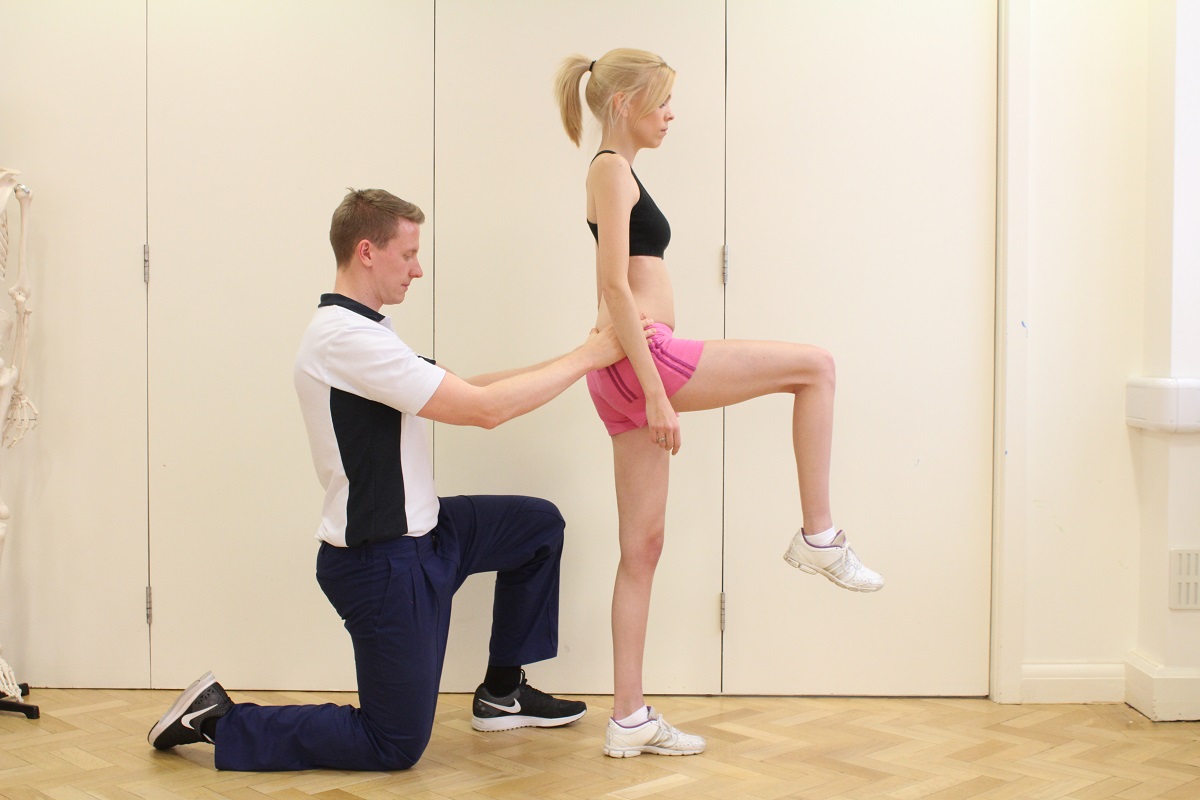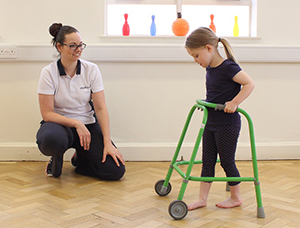Deep tissue massage is a specific type of massage that is used to treat deep layer of muscles and fascia in the body.
Fascia is fibrous connective tissue located in-between muscle, organs and soft tissues in the body. Deep tissue massage is applied with pressure and is an intense technique to release chronic muscle tensions or adhesions. An adhesion is a small mass of hard tissue built up in muscles and soft tissues. Adhesions are formed from injury or muscle overuse. Massage therapists at Manchester Physio can use deep tissue as an effective treatment for a range of conditions.
What is deep tissue massage?
Deep tissue massage is aimed to treat deeper tissue structures of muscle and fascia. A deep tissue massage is a more focused massage in aim to improve muscular function by allowing muscles to move more freely. Chronic muscle tension caused by injury or overuse can cause painful adhesions to build up preventing movement. By applying pressure and frictions across muscle fibres, the deep tissue massage breaks down adhesions and restores range of movement. Deep tissue massage will release muscle tension, improve circulation and aid pain relief.
What is a deep tissue massage used for?
Deep tissue massage can be used for many circumstances. Deep tissue massage is used for:
- Relieving muscular tension
- Decreasing pain
- Breaking down adhesions
- Improving flexibility
Deep tissue massage uses a wide range of massage techniques to help relieve muscle tension. Muscular tension can be the cause of physiological stress or injury. When muscles become tense and increase in tone it can cause stiffness, pain and restrictive range of movement. A deep tissue massages applies deep pressure into the muscles, increasing blood circulation, flushing out waste products and promoting muscle relaxation.

Deep tissue massage can be used to decrease pain in many ways. Pain can occur for a variety of reasons. A deep tissue massage can be used to relieve pain post injury, post-surgery, pre event and as part of a training programme. Deep tissue massage is used to reduce the feeling of pain by providing relaxation, interfering with pain signals to the brain and releasing endorphins.
A deep tissue massage can also be used to break down adhesions. More intense massages such as a deep tissue massages are most commonly used to break down adhesions in the muscles. Adhesions are formed around areas of soft tissue and can cause tightness, pain and decreased range of movement. Deep tissue massage applies force across soft tissues to break down adhesions. Deep tissue massage also stimulates the muscle to relax, breaks down adhesions or collagen fibres resulting in an increase of flexibility.
A deep tissue massage is an effective massage used to help improve flexibility. Deep tissue massages use deeper massage techniques such as, kneading and rolling on the muscles. Deep massage techniques increases blood circulation and increases tissue elasticity. Deep tissue massage stretches and elongates muscle fibres allowing more movement and flexibility.
 Above: Deep tissue massage on vastus lateralis muscle
Above: Deep tissue massage on vastus lateralis muscleWhen is deep tissue massage used?
A deep tissue massage can be used on many occasions. Deep tissue massage is an effective treatment used: Deep tissue massage can be used for many circumstances such as, post injury, to treat tight muscles, to relieve chronic pain and to treat delayed onset muscles soreness post exercise.
Deep tissue massage can be used to help assist recovery after an injury. Deep tissue massage helps post injury by increasing blood circulation to an affected area, stimulating the healing process, breaking down scar tissue and restoring range of movement.
Deep tissue massage can also be used to relieve tight muscles. When muscles are tight, muscle fibres become stiff and rigid which limits movement. Massage stimulates blood flow in the muscles, increasing the temperature. An increase in temperature and blood flow allows the muscles to relax. Once muscles are relaxed and lengthened, posture and movement will improve.
Deep tissue massage can help provide relief for people who suffer from chronic pain. A deep tissue massage is effective to treat pain by increasing blood flow to an affected area, loosen tight muscles and restoring range of movement. Massage stimulates the body's natural pain killer, masking pain, improving mood and reducing anxiety and stress related to pain.
Deep tissue massage is a beneficial massage to help treat delayed onset muscle soreness. . After strenuous exercise deep tissue massage is used to prevent muscle injury and to relieve any tensions built up from lactic acid. Lactic acid is produced in the muscle during exercise and if left can cause muscle fatigue and soreness.
What are the benefits of deep tissue massage?
Deep tissue massage has many benefits. The benefits of deep tissue massage include:
- Decreased tension
- Reduced pain
- Reduced delayed onset muscle soreness
- Increased flexibility
- Improved recovery
 Above: Deep tissue massage on soleus muscle
Above: Deep tissue massage on soleus muscleHow does deep tissue massage help?
Deep tissue massage helps by increasing blood circulation, removing waste products and toxins out the body and increasing tissue elasticity. Deep tissue massage is a specific type of massage that focuses on realigning deeper layers of muscles and connective tissue. Deep tissue massage uses deeper pressures to areas of tension and pain in order to reach underlying muscle and sub layers of connective tissue.
Deep tissue massage helps by increasing blood circulation. Increased blood circulation helps improve recovery and relieve tight muscles. A deep tissue massage increases blood circulation by stimulating friction against the skin. Increased temperature of the muscles produces capiliarisation and vasodilation in the blood flow. Capilliarisation and vasodiliation is the increase of number and size of blood cells. An increase of blood circulation delivers more oxygen and nutrients to produce healthy muscles and assists in repairing any damaged cells.
A deep tissue massage also helps by flushing out waste products and toxins from out of the body. Waste products such as lactic acid, build up in the muscle during and after exercise. If the body does not flush out lactic acid it can build up in the muscle causing pain, stiffness and fatigue. Lymphatic drainage is a common massage technique used post exercise to stimulate the lymphatic system and flushes toxins away to keep the muscles healthy.
Deep tissue massage helps by increasing tissue elasticity in the muscles. Reduced tissue elasticity produces tightness and decreased movement which causes pain. Deep tissue massage uses a range of techniques able to manipulate deeper layers of muscle to stretch and allow more movement in the muscle fibres.
Summary
Deep tissue massage focuses on deeper layers of muscle and connective tissue. Deep tissue massage is applied with pressure and is a more intense technique to release chronic muscle tensions or pain. Deep tissue massage can be used to treat a range of muscular injuries, breaking down adhesions and scar tissue and increasing in flexibility. Deep tissue massage is useful to treat muscles post exercise to assist in the body's self-healing process and prevention of further injuries. Massage therapists at Manchester Physio can use deep tissue as an effective treatment for a range of conditions.
How can I arrange an appointment for deep tissue massage?
To arrange a deep tissue massage at Manchester Physio, email us at office@manchesterphysio.co.uk or call 0161 883 0077.



 0800 033 7800
0800 033 7800


















































 f
f






